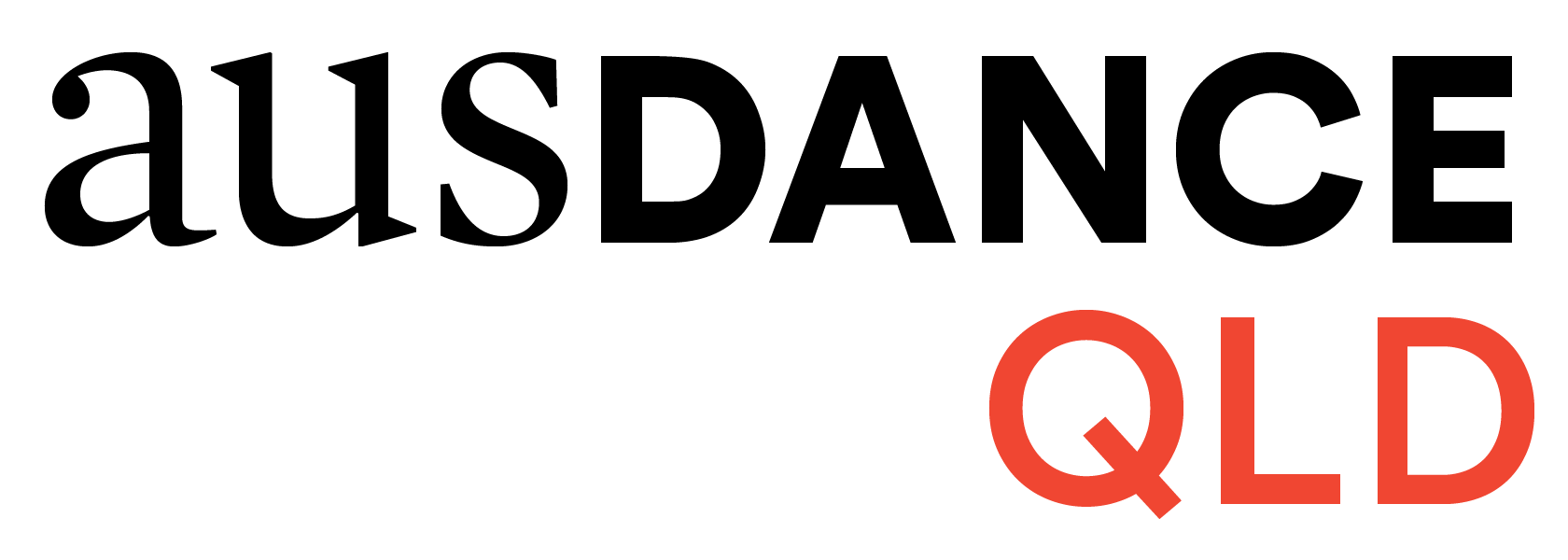IN|FORM | Clare Apelt
An interview with Clare Apelt
Creative Programs Advisor, Lutheran Services Australia
Introduce yourself!
I am a dance activator and community cultural development practitioner. I am passionate about people being able to meaningfully participate within whatever art form they are interested in. I believe in the power of creativity and dance to transform and connect.
My journey has included work with diverse populations, abilities and needs, including children, young people, adults, and the elderly.
My studies include: BA Drama, QUT; Masters of Creative Art Therapy, M.I.E.C.A.T. Inc.; and Advanced Clinical Somatic & Dance Movement Therapy, Tensegrity Training.
What does access & inclusion in dance mean to you?
Access and inclusion to me means real participation at all levels of dance practice, whether it is attending workshops or classes, creating choreography, facilitating, performing, or being an audience member.
I think access relates to the environment, set up and logistics of an activity and inclusion is how it is delivered. I think access is easier to achieve than inclusion in that a building may be accessible to people with disabilities but a dance class may not be inclusive if the process hasn’t been planned to accommodate people with different abilities and needs.
To achieve real participation of a person with a disability of some sort, I, as the facilitator, need to be first open to their participation. I need to be curious and consult with them about what they want from the activity and any specific needs they might have.
How do you consider access & inclusion in your practice?
To be truly inclusive is challenging but I really enjoy working in this space as my answer is ‘YES’ and then I work out the ‘HOW’. I find this exciting and satisfying.
I use these key concepts to guide my planning and facilitation: Joy, Responsiveness, Invitation, Consultation, Welcome, Safety, Participation, Creativity, Playfulness, Multi-ability, Multi-Sensory, Collaboration, Diversity, Sharing and Being Witnessed.
I believe in the power of starting from an embodied place of self-awareness, curiosity, and playfulness both within myself as a facilitator and within a workshop process. Beginning in this state creates safety and encourages trust and collaboration. From here, anything is possible!
My work is process driven and often I do not know what we are creating or what the product will look like. This allows me to facilitate around the ideas, interests, and strengths of my participants. This can be scary at times, but I have learned to trust myself and the process, allowing the emergence of the work.
I have located my practice within the community arts context and often the creative process has had an applied social work or therapeutic function.
I began as a young artist working within dance projects with other young people, facilitating opportunities for young people to create and express themselves, develop skills and be seen in a positive and proactive light within their local community. I moved then into focusing on engaging ‘at risk’ young people through trauma informed movement, yoga and fitness. More recently I have been working with elderly people in residential aged care and people with disabilities.
In my work with the elderly my practice has been inspired by my somatic movement and dance therapy training, Anne Green Gilbert’s Brain Dance, music and memory research, and Naomi Feil’s Validation method.
Through my work at Lutheran Services I have been able to create and train people to facilitate dementia friendly creative dance circles, where dance is joyfully re-defined in the moment by the participants and the group experience of being mirrored, seen and remembered.
What is your perception of access & inclusion in the dance sector in Australia?
I can see that the sector is becoming more accessible and inclusive. More and more people are interested in the diverse ways dance can be experienced, expressed and applied, particularly in the ‘arts in health’ area. I am supervising three somatic movement & dance therapy students! The sector is catching up.
Has COVID-19 influenced or changed the way you approach access & inclusion?
COVID-19 restrictions created increased isolation and anxiety for residents in aged care homes. As a dance facilitator I was not allowed to visit anymore, so I used the Zoom platform as a way of continuing dance. We were able to connect two different dance circles via Zoom. Residents really enjoyed seeing each other as well as laughing at all the technological struggles. Zoom has been a lifeline for both residents and staff.
What now? Where is your focus?
I am currently focusing on two projects, Self-in-Motion and Confusion, Inclusion. Self-in-Motion is a weekly community class that I facilitate at Haiku Yoga & Arts Centre. It offers a playful space for people to explore movement and dance through a combination of somatic practices and improvisation.
Confusion, Inclusion is a wonderful collaboration between multi-ability dancers from Mo-Ya-Co in Nagoya, Japan, and Keystone Centre in Logan City. The title of the project acknowledges the challenges of inclusion for people with disabilities and their support workers. The creative process involves members and support workers collaborating and learning dance together, bridging participants through shared joy, challenge, vulnerability, and achievement. COVID-19 has re-focused our collaboration into creating a film.

